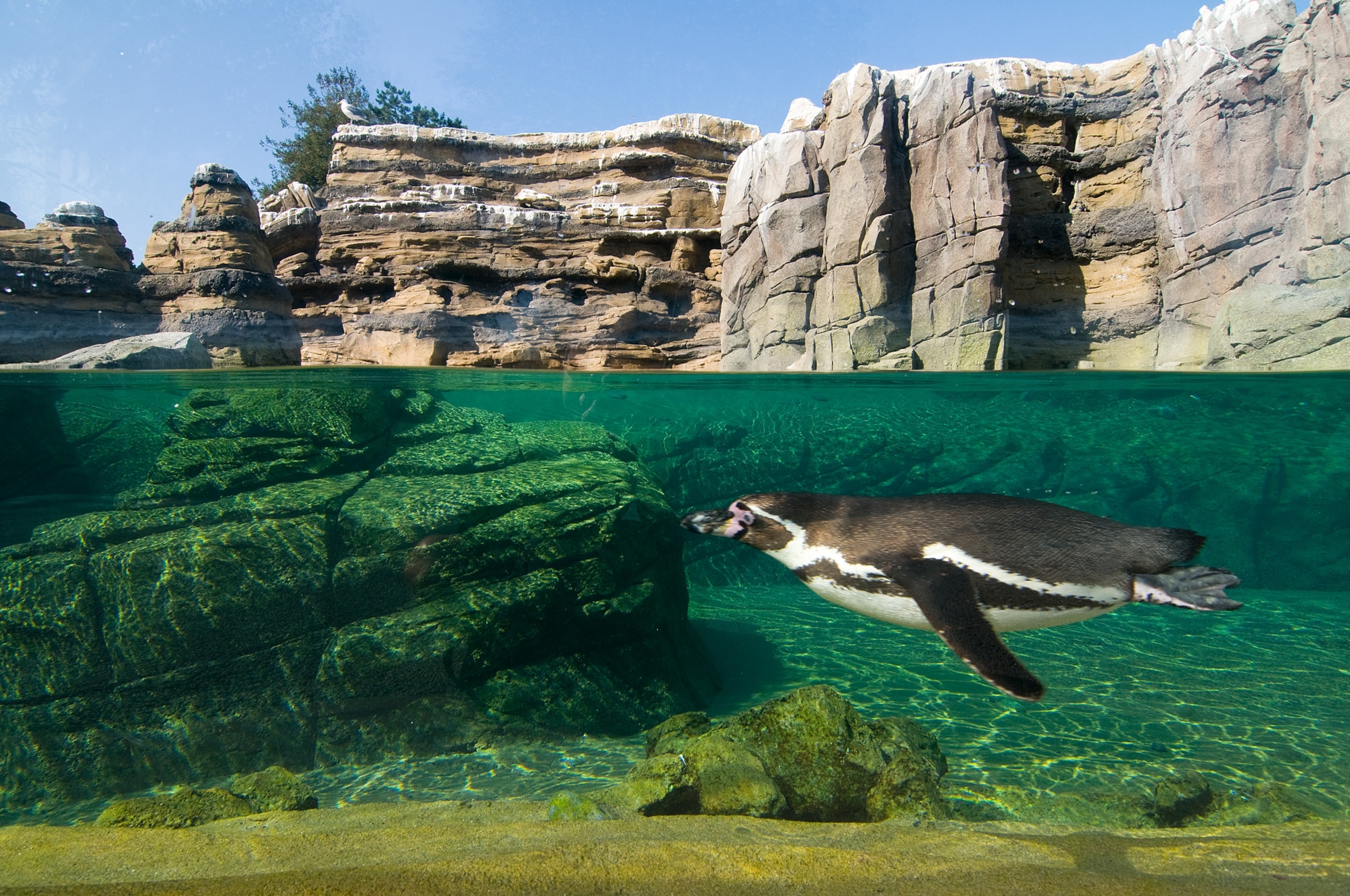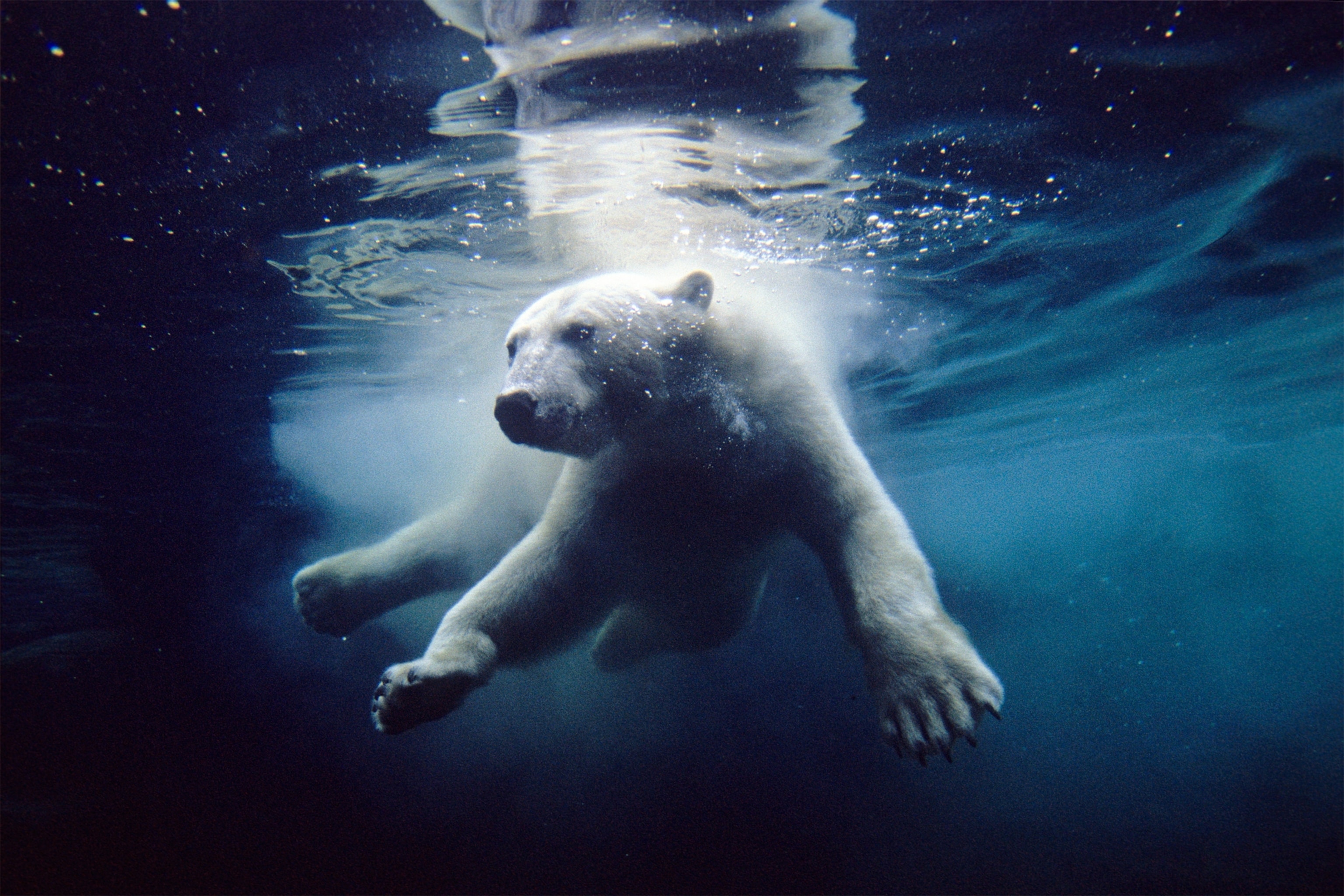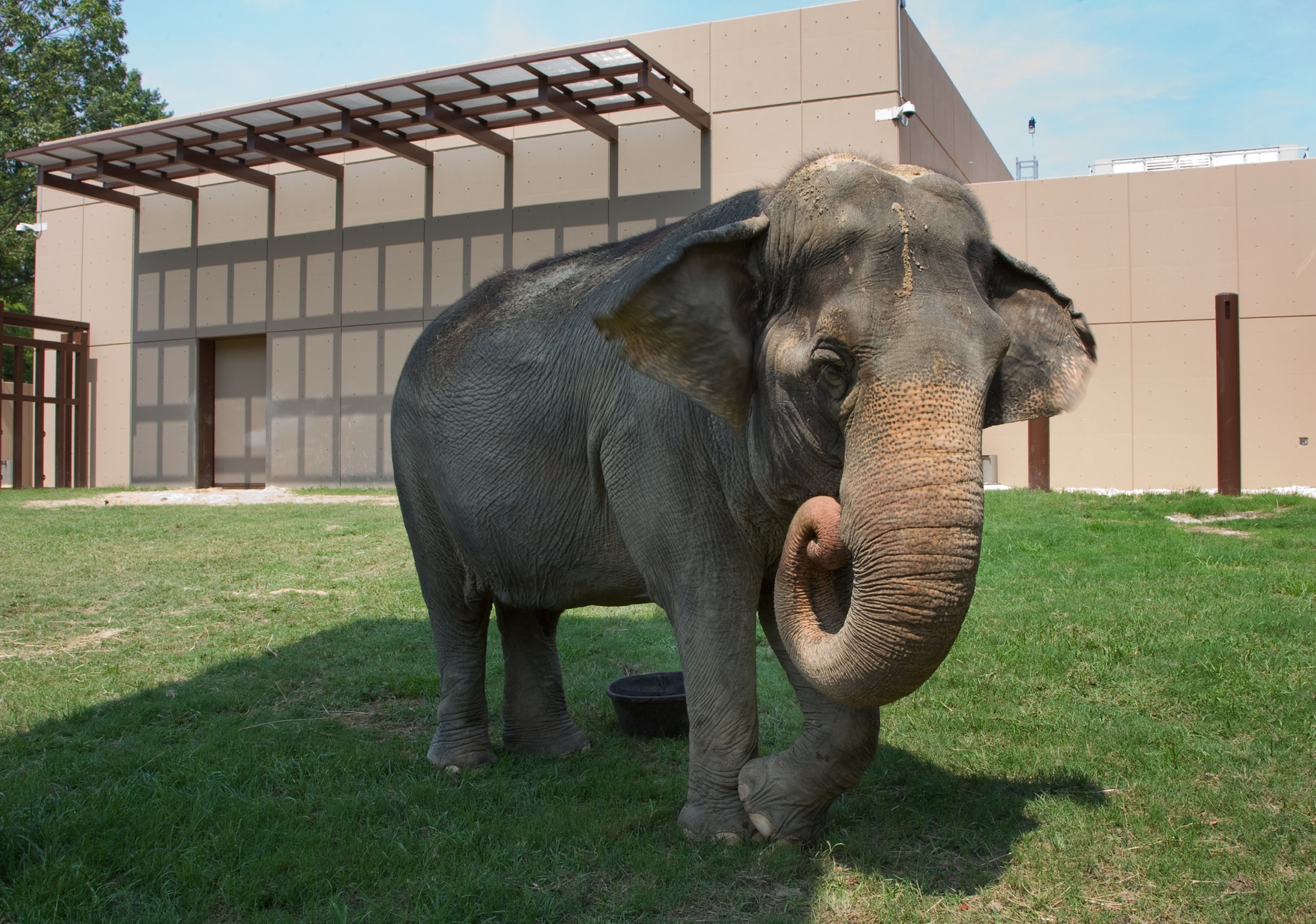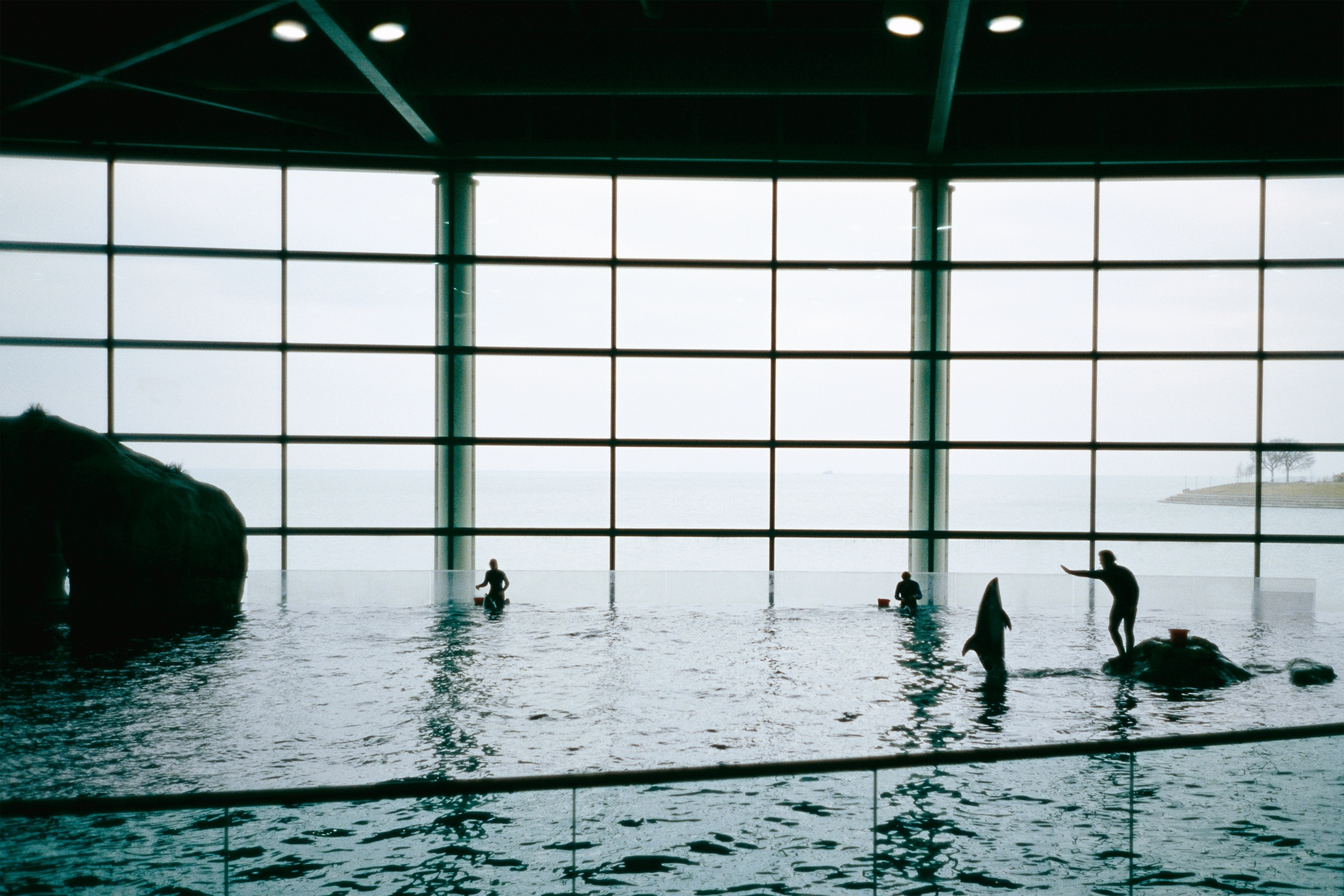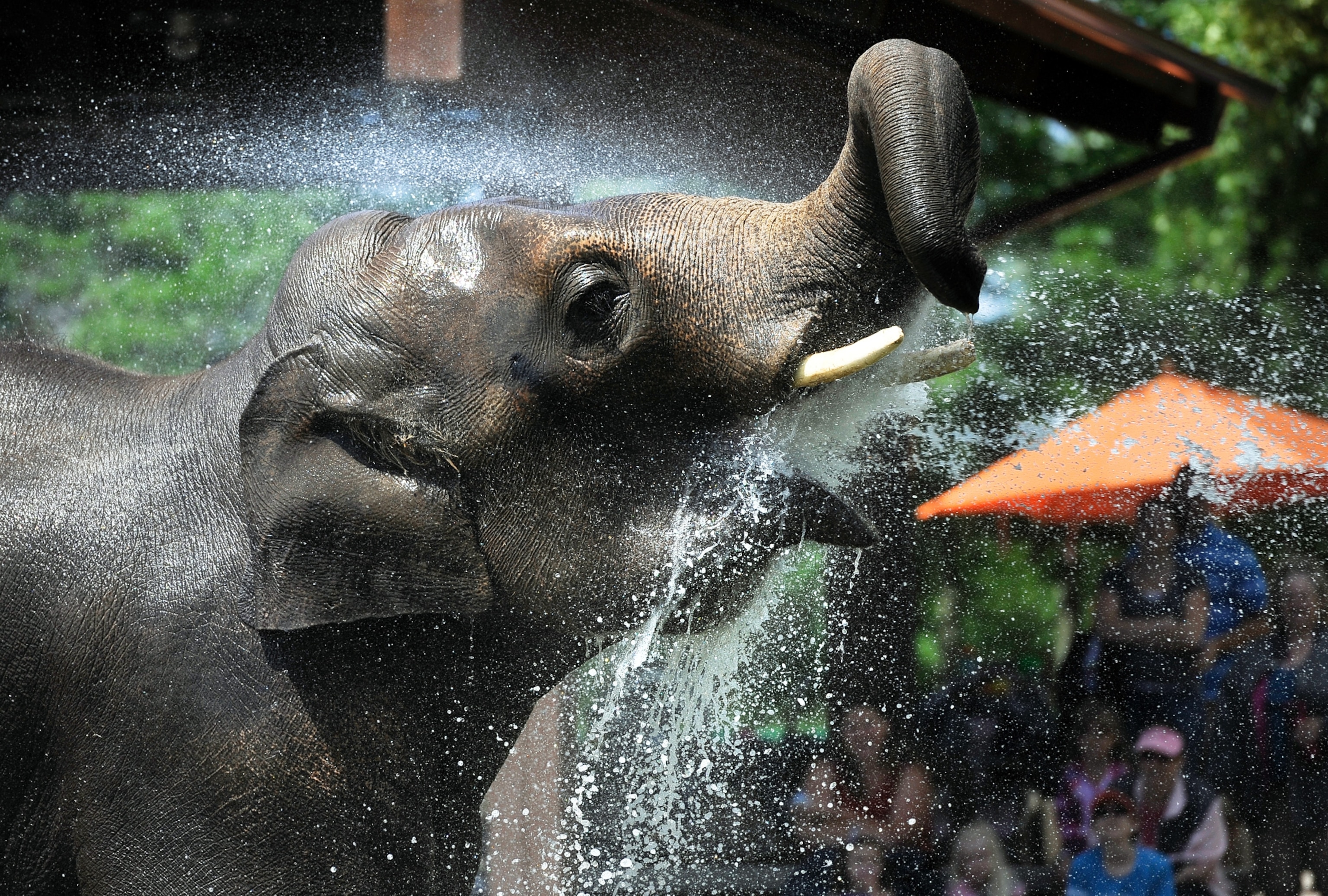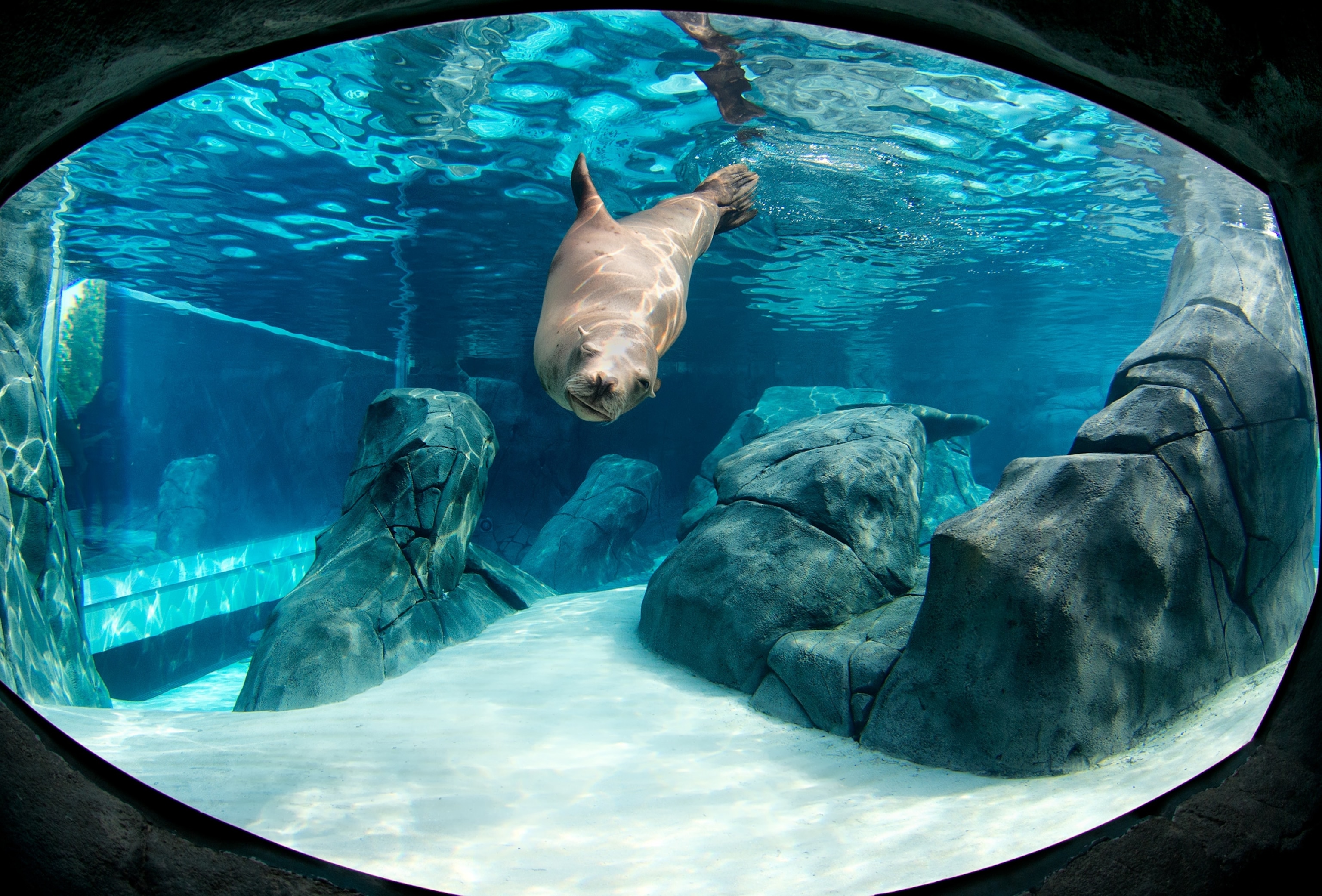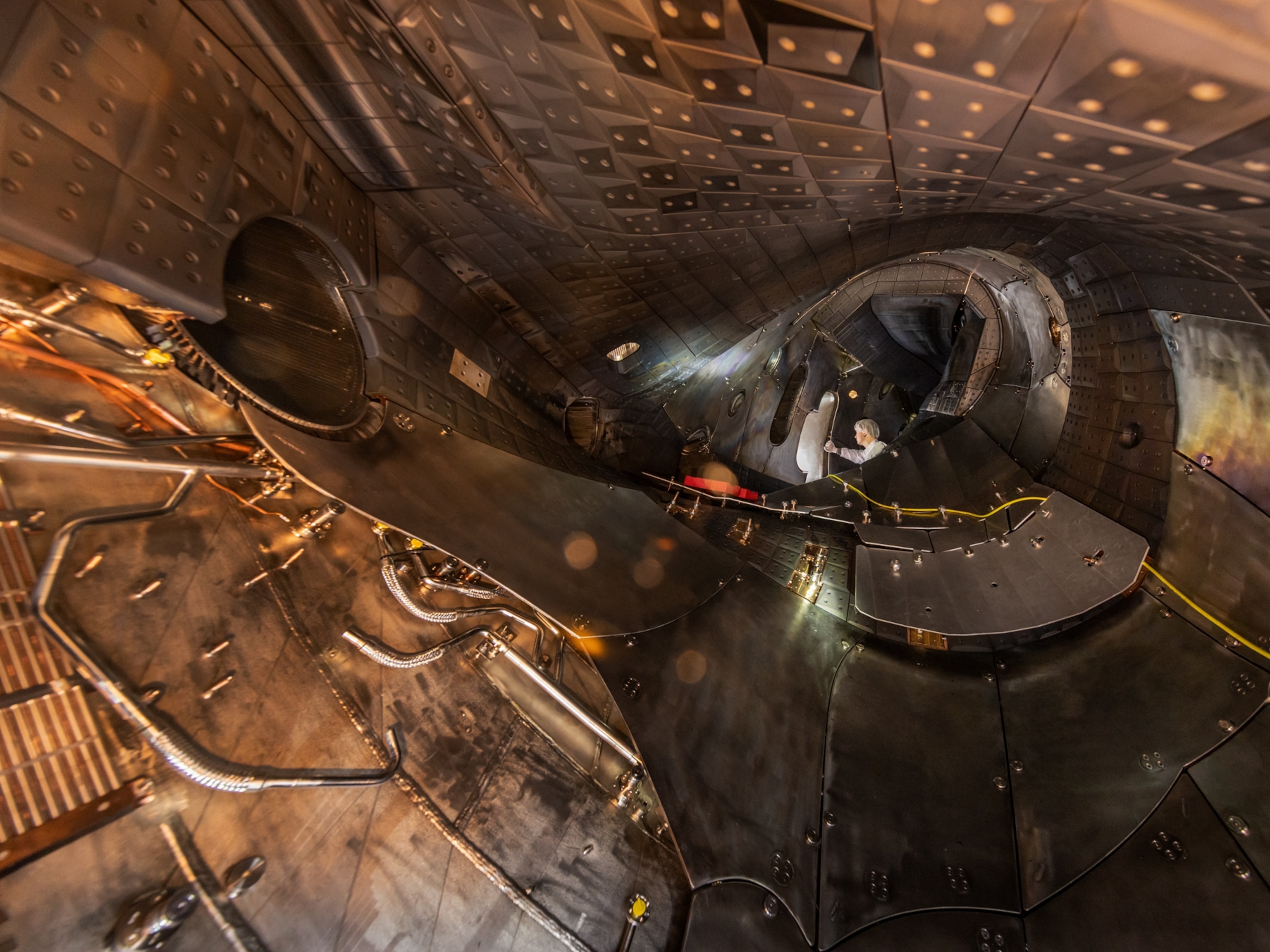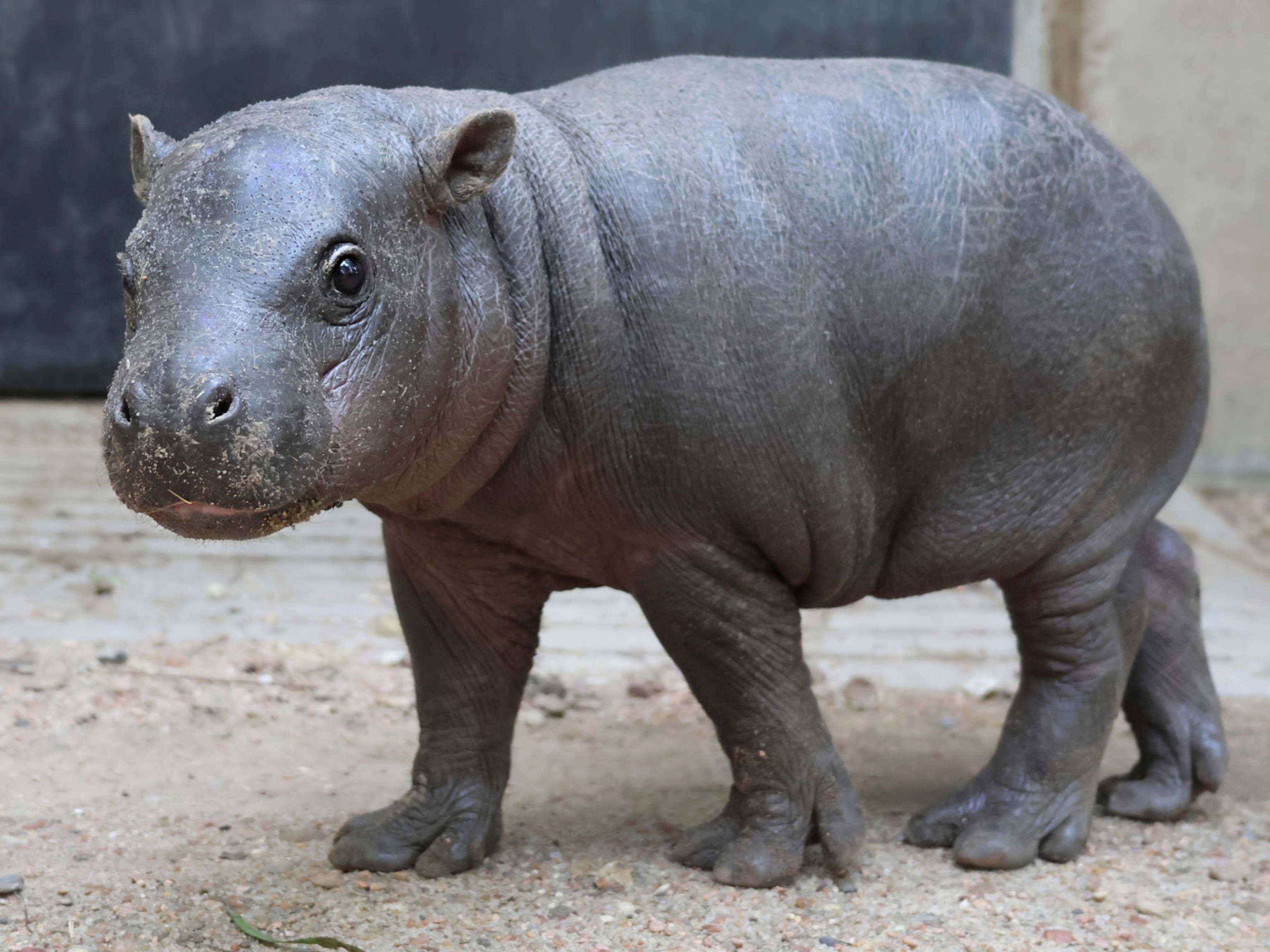A Humboldt penguin plies the cool waters of its home at Seattle's Woodland Park Zoo. The exhibit, home to up to 60 birds, was a 65-year-old space for sea lions that was completely revamped. It reopened in May 2009, boasting beaches, cliffs, crashing waves, and cozy burrows like those found along the desert coastline of the penguin's native Peru. (See related story: "Endangered Penguin Hatches at Seattle Zoo.")The diverse range of habitats that zoos and aquariums must maintain for their animal denizens creates unique—and sizable—energy demands. Many organizations are now designing these habitats with efficiency in mind. Woodland Park's penguin exhibit, for example, will save 22,000 kilowatt-hours of electricity per year and some 3 million gallons (11.4 million liters) of water, thanks to energy-saving design features.
Many aquatic habitats must be drained and refilled periodically, using large amounts of water and energy. Woodland Park's penguin space is never drained, but instead maintained by an engineered version of the natural water cycle, using evaporation and rainwater collection. Water is also biofiltered through a series of constructed wetlands, where it's cleaned naturally by plant roots and microbes that absorb waste, keeping them out of Seattle's Puget Sound water system.
The penguins' preferred water temperature is maintained by geothermal power. Wells drilled 100 feet below the zoo tap into geological layers where the temperature is a constant 55°F (12.8°C)—suitable for keeping water at the surface between 50 and 60°F year-round, in a clean and renewable way.
—Brian HandwerkThis story is part of a special series that explores energy issues. For more, visit The Great Energy Challenge.
